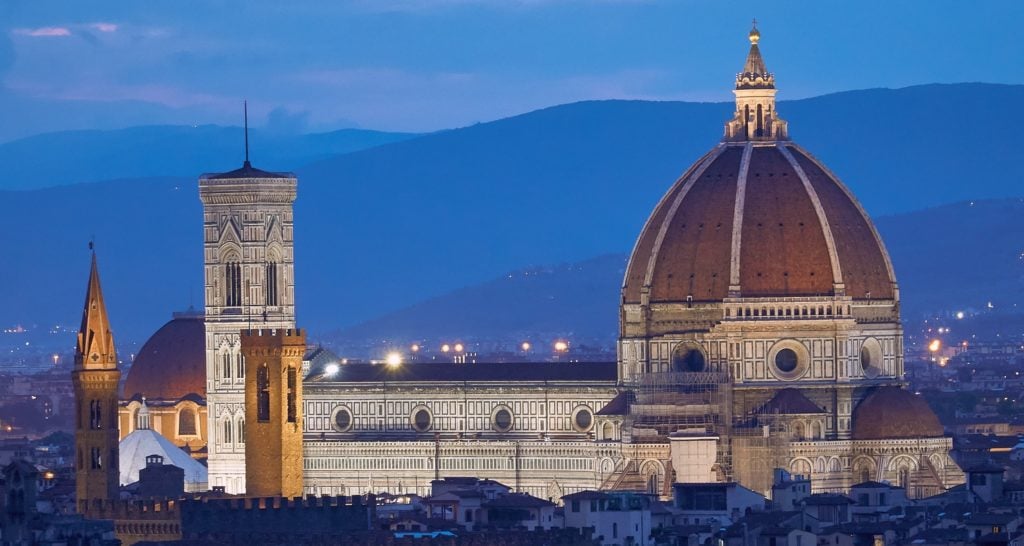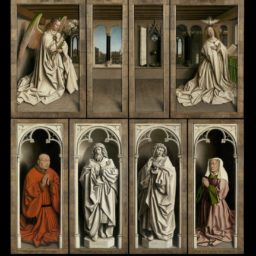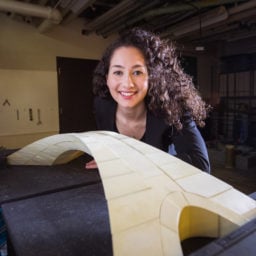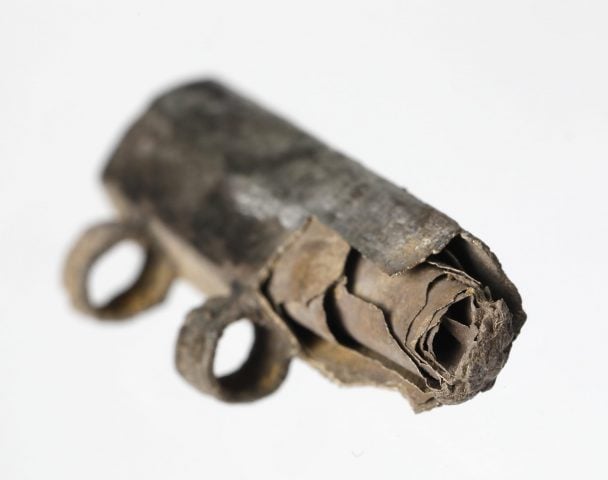The domed churches of Italy have long stood as an emblem of the Renaissance, inspiring many a pilgrimage for engineers, architects, and anyone who loves beautiful things. But for generations, the science behind these domes baffled experts.
At least, until now. A team of researchers from Princeton University and the University of Bergamo in Italy have used computer analysis to prove the underlying engineering techniques that made the construction of self-supporting masonry domes—especially that of the famous duomo of the Cathedral of Santa Maria del Fiore in Florence—possible without the use of supporting structures.
Cupolas like the duomo were erected using a “complex cross-herringbone spiraling pattern,” wherein staggered bricks extended diagonally, forming diamond shapes as they crossed one another. The design, called a double loxodrome, distributes the weight of the interior domed structure down through its base, allowing builders to work brick by brick, from the bottom from the top—and to do so without closing off the whole building.
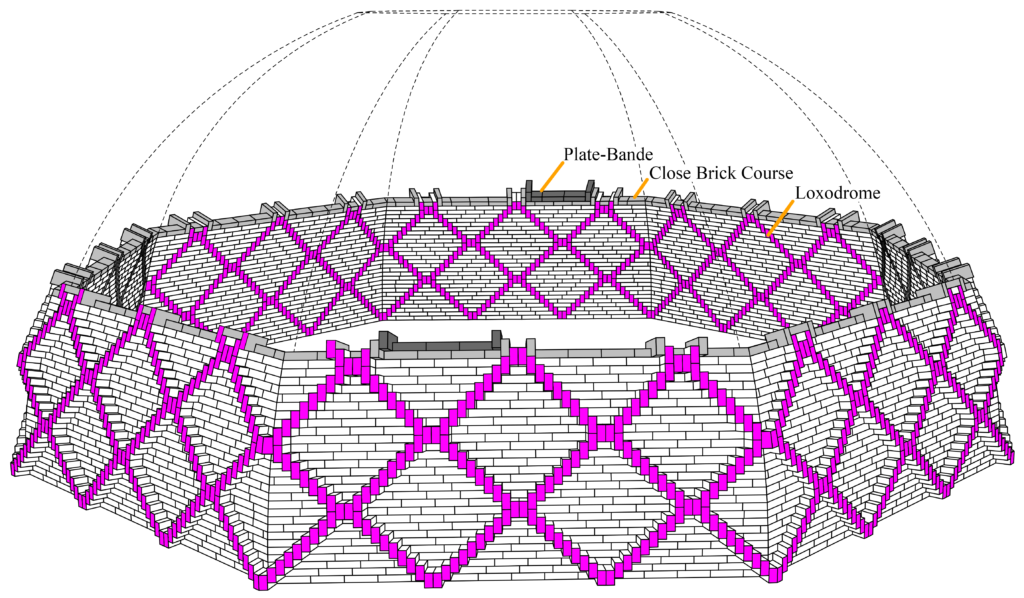
A diagram showing the “complex cross-herringbone spiralling pattern” of the double loxodrome. Courtesy of the researchers.
The study, led by Sigrid Adriaenssens, professor of civil and environmental engineering at Princeton; Attilio Pizzigoni, professor of engineering and applied sciences at the the University of Bergamo; and Vittorio Paris, a graduate student at the Italian school, was published in the July 2020 issue of academic journal Engineering Structures, out now.
“With these studies, we aim to approach moments in history when the sole form of technology available to man was the abstract rationality of geometry,” Pizzigoni told Princeton Engineering. “What we as designers, architects, and builders can learn from the past is the knowledge of a structural equilibrium of form based on the geometry of materials and of their reciprocal measurements in three-dimensional space.”
The double helix model was designed by architect Antonio da Sangallo, who was born in Florence 1484. It is believed to be based on the single helix structures developed a century earlier by Filippo Brunelleschi, who was responsible for the Santa Maria del Fiore—which is still the largest brick dome in the world.
The design, says Pizzigoni, is a capstone of Renaissance thinking that blends the “stability, beauty, and utility…between engineering, construction, and architecture.”
“Nothing is more moving,” he goes on, “than reading the lightness of the heavens in stone, in an absolute and simple form such as that of the Florentine cupola.”
